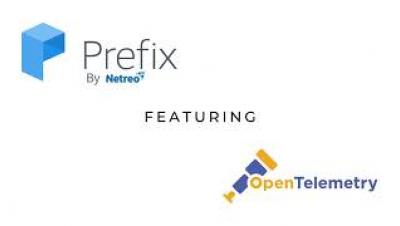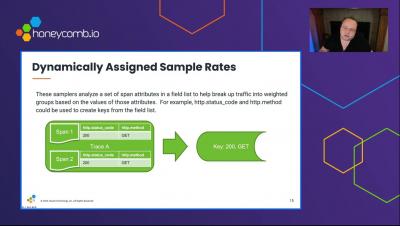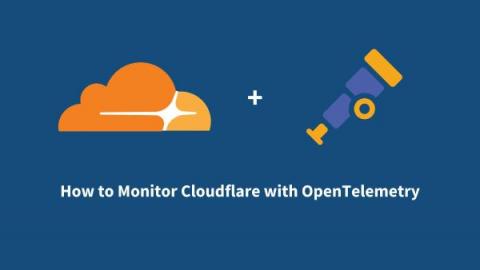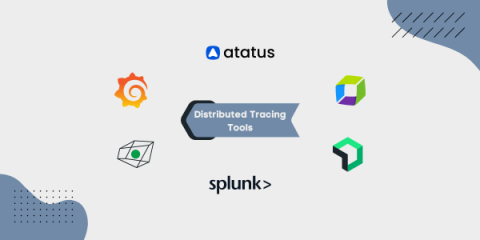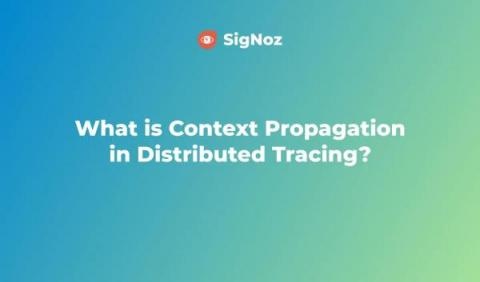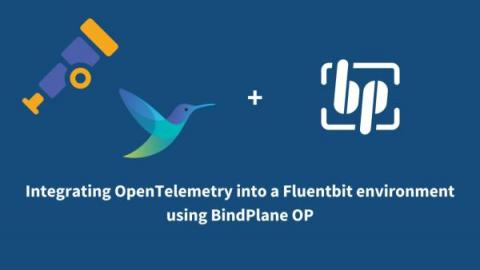Operations | Monitoring | ITSM | DevOps | Cloud
Tracing
The latest News and Information on Distributed Tracing and related technologies.
Introduction to Prefix Featuring OpenTelemetry
OpenTelemetry 101: A Non-Technical Guide to Starting Your Open Observability Journey
OpenTelemetry: Why community and conversation are foundational to this open standard
Successful Sampling With Refinery
How to Monitor Cloudflare with OpenTelemetry
Top Distributed Tracing Tools - Every Developer Should Know
Web applications have expanded over the past ten years to support millions of users and generate terabytes of data. Customers of these programmes anticipate quick responses and round-the-clock accessibility. When businesses adopt service-oriented architectures and give up monolithic workloads, they are stepping into the uncharted ground.
Ship OpenTelemetry Data to Coralogix via Reverse Proxy (Caddy 2)
It is commonplace for organizations to restrict their IT systems from having direct or unsolicited access to external networks or the Internet, with network proxies serving as gatekeepers between an organization’s internal infrastructure and any external network. Network proxies can provide security and infrastructure admins the ability to specify specific points of data egress from their internal networks, often referred to as an egress controller.



